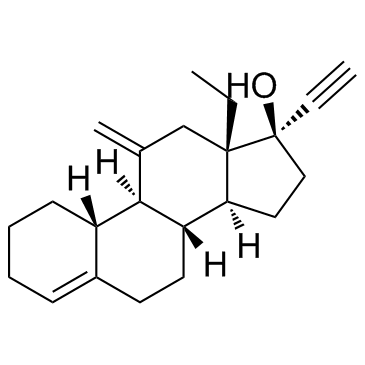| 结构式 | 名称/CAS号 | 全部文献 |
|---|---|---|
 |
去氧孕烯
CAS:54024-22-5 |
|
 |
依托孕烯
CAS:54048-10-1 |
| 结构式 | 名称/CAS号 | 全部文献 |
|---|---|---|
 |
去氧孕烯
CAS:54024-22-5 |
|
 |
依托孕烯
CAS:54048-10-1 |